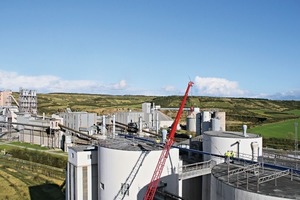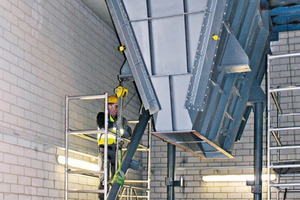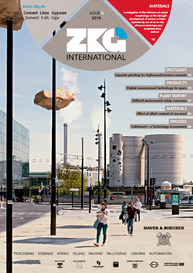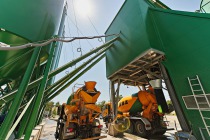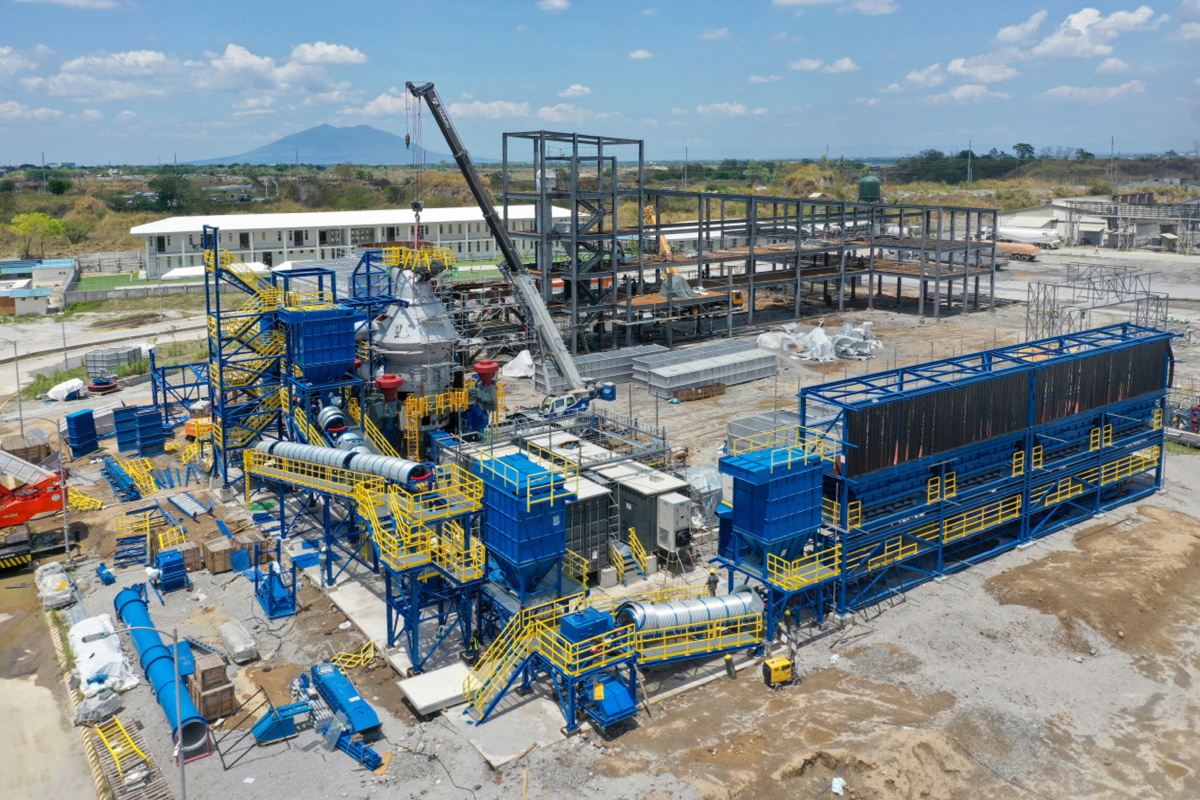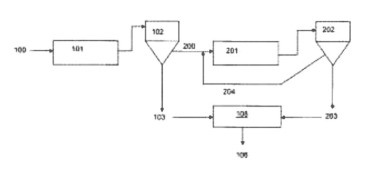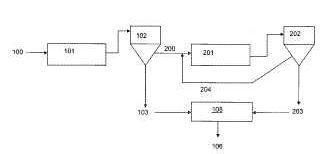Separate grinding for higher-performance cements
By tradition, cement is produced by mixing and grinding the two or three main constituents together. In other words, the starting materials are subjected to straight-through refining, or intergrinding. The drawback: readily grindable material like limestone comes out with a very fine consistency, while material that is harder to grind, such as blast-furnace slag, comes out too coarse. Also, intergrinding does not optimally exploit the performance potential of the individual constituents. Consequently, Opterra has chosen for a different method: first, each of the cement’s main constituents is ground separately; then they are blended together for optimal results. This is referred to as “separate grinding”.
The main advantage of this approach is that it improves the cement’s performance in concrete. Above all, the superior particle-size distribution of the cement’s main constituents reduces its mixed-state water requirement. The finished cement is also more uniform. Compared to the use of similar standard-type cements, fresh concrete made with Opterra cement requires a reduced amount of supplementary additives. The hardened concrete is denser and more durable, because it is substantially more resistant to the intrusion of harmful substances and compounds.
Yet another advantage of this modern production process is that the resultant cement contains less clinker and is therefore more ecofriendly with no loss of performance. Lowering the clinker content of Portland cement sustainably reduces its CO2 emissions.
From now on, the Opterra cement plant in Karsdorf will be applying this new method to the production both of Portland limestone cements and an additional Portland composite cement. For that purpose, the existing production line in the mixing tower will be joined by a second one costing roughly € 3 million. Then, from the second quarter of 2016 on, such cements can be produced there at a rate of 600 000 t/a.
//www.opterra-crh.com" target="_blank" >www.opterra-crh.com:www.opterra-crh.com

